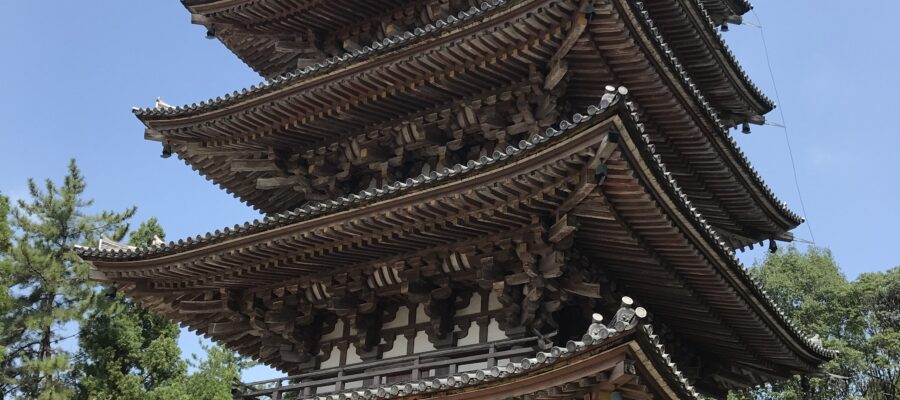醍醐の花見
醍醐の花見といえば、聞き覚えのある方も多いと思います。今回は、その舞台となった西国三十三霊場第11番の醍醐寺です。ここには有名な庭園 三宝院もありますので、楽しみが倍増します。朝と夕方に京都での用事があったので、その間に訪問しました。
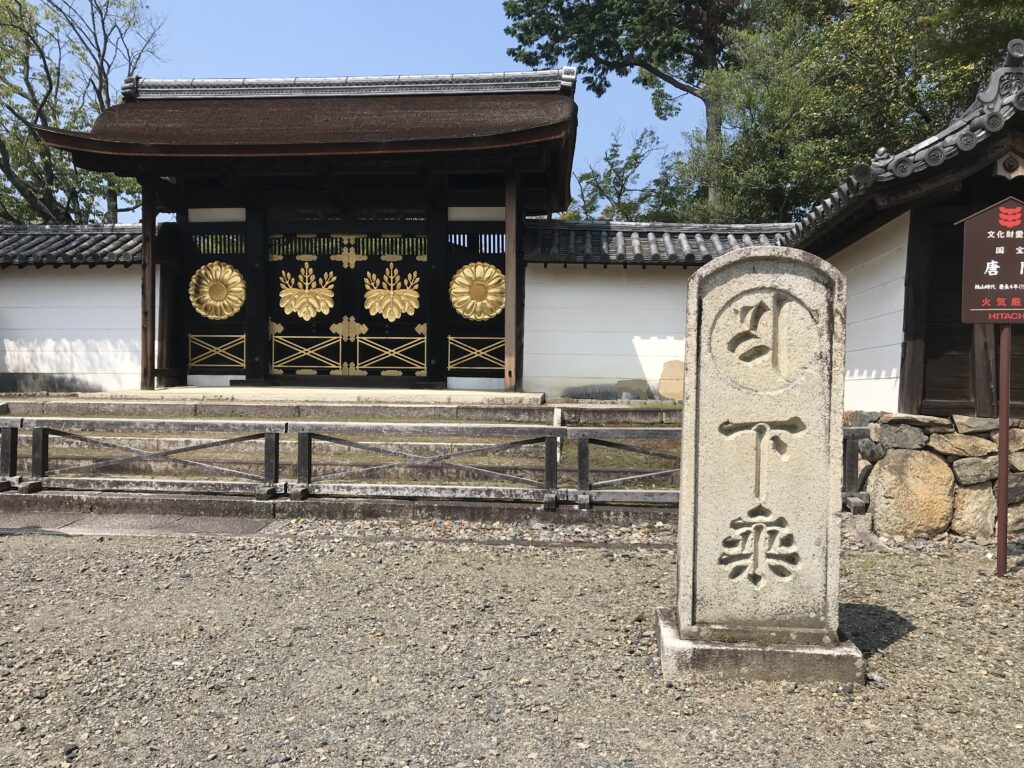

目を剥いた仁王さん達
豊臣秀頼が再建した西大門の階段を上ると、両サイドに立派な黒光りした仁王像が目を剝いて、こちらを睨んでいます。この迫力に邪鬼も追い払われるでしょう。口を開いた阿形さんの憤怒の表情は、特に秀逸に感じられました。
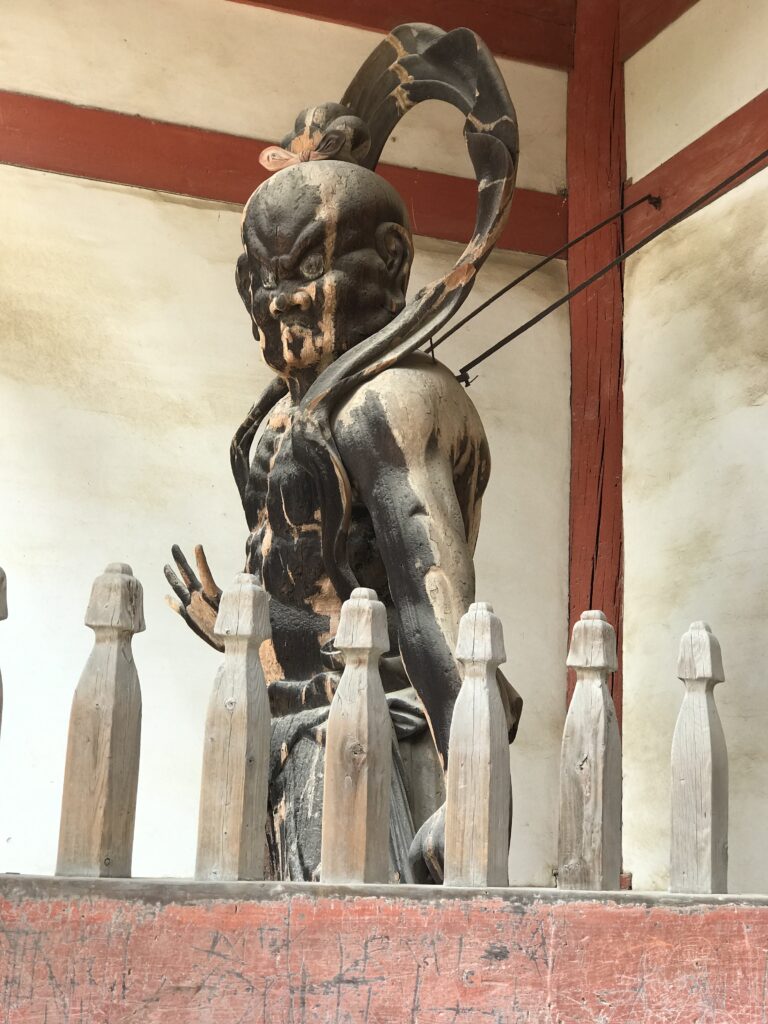
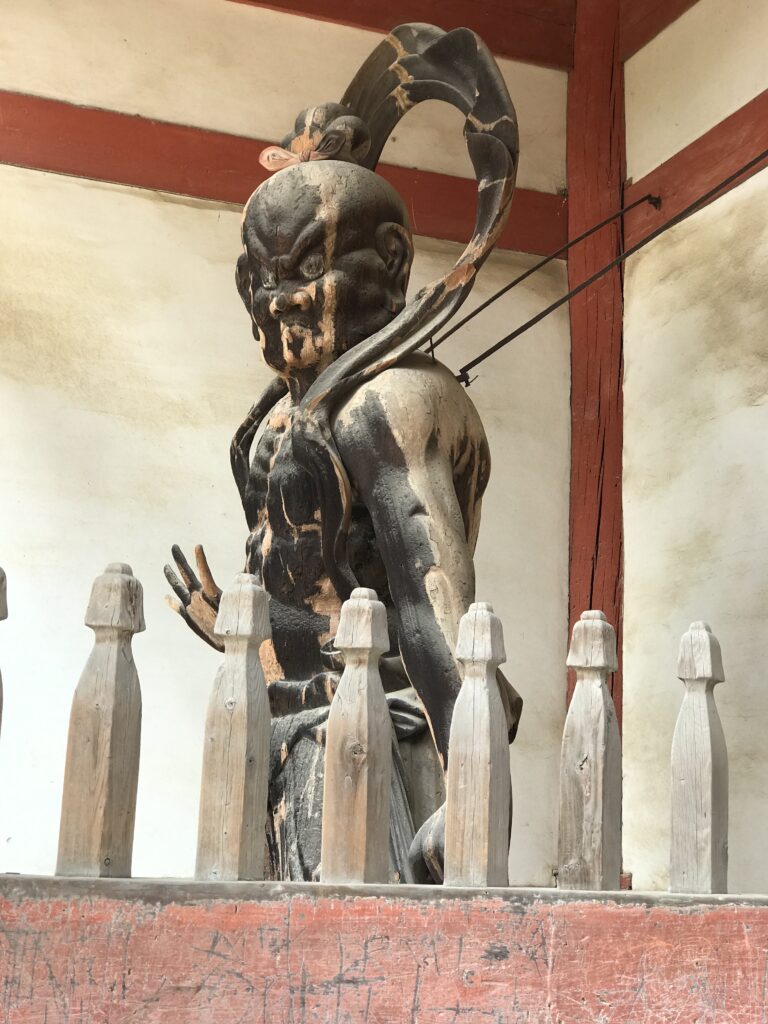
ここから境内の一本道を歩いていきますと、左手に金堂があります。これは国宝で秀吉の命により紀州から移築されたそうです。御本尊は薬師如来坐像で、特に撮影禁止等のサインが出ていないので、遠慮がちですが、お堂の外から写真をとりました。両サイドに日光・月光菩薩像が立っています。
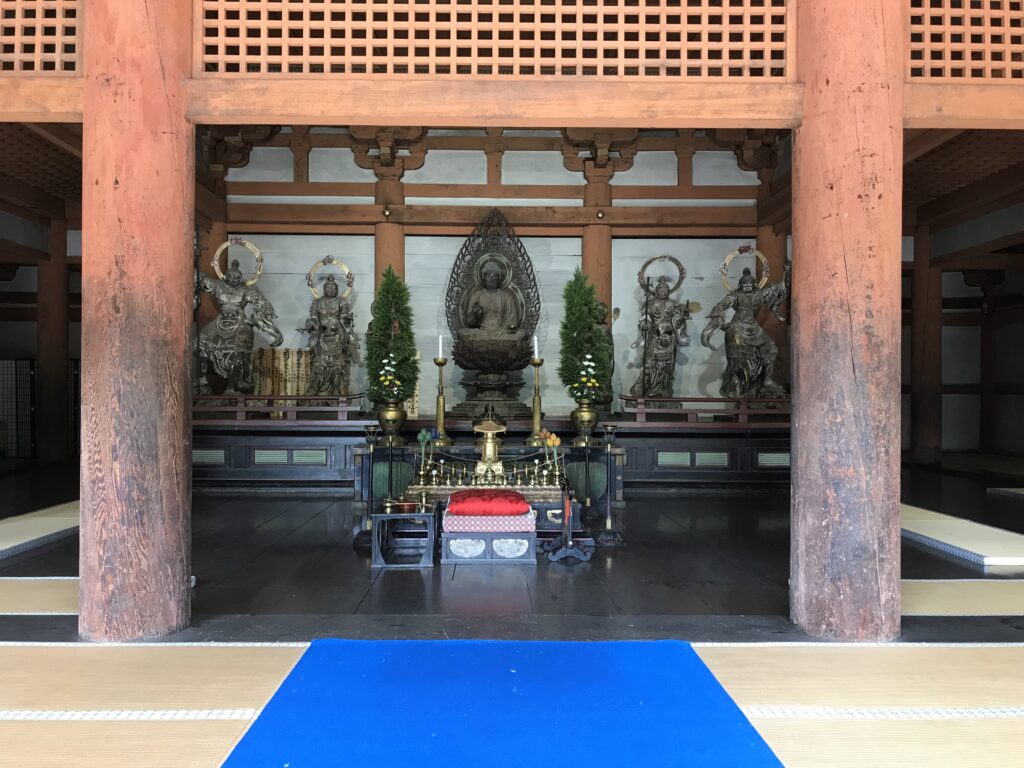
五重塔
金堂を出ると、左正面に五重塔が建っています。これは951年に完成した京都府下で最古の木造建築物だそうです。戦乱の多かった京都で、良く残っていたものです。伏見区という若干京都市中から離れているのが幸いしたのかもしれません。きつくない色合いが気に入って、何回も塔の周りを回りながら飽きずに見上げていました。
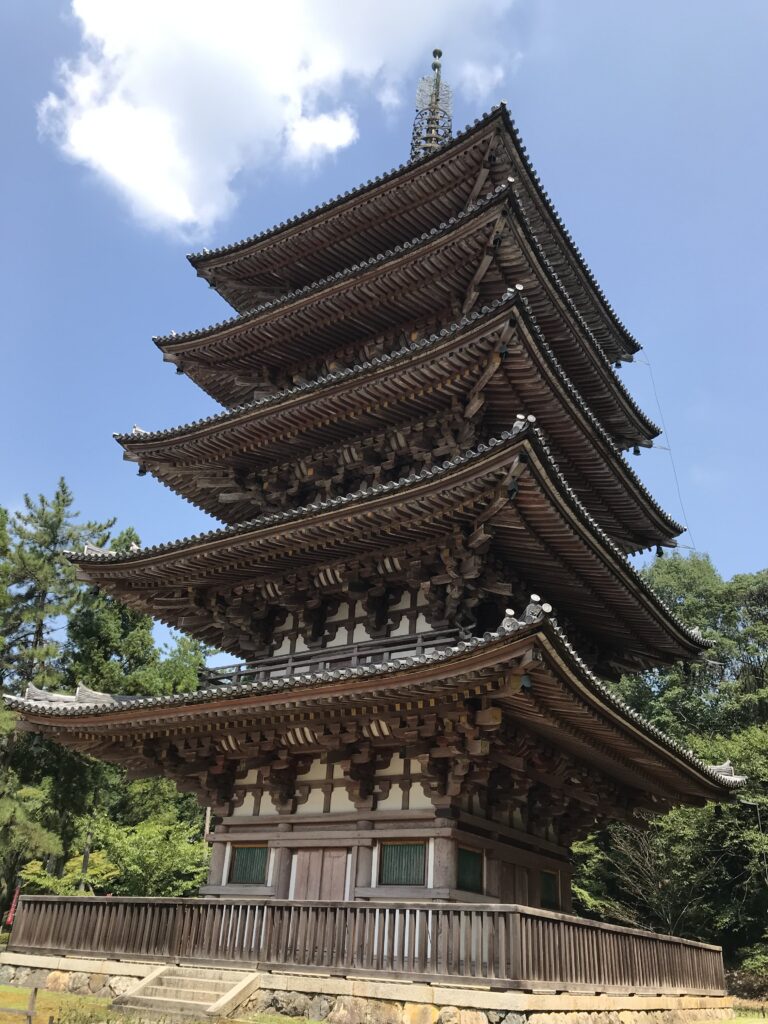
観音堂でお参りしたあと、上醍醐に至る道をたどりましたが、鍵がかかっていて、それ以上進めませんでした。仕方がないので、観音堂横の池のところで少し休憩してから、戻ることにしました。霊宝館では様々な時代の仏像を拝観でき、面白かったです。(つづく)
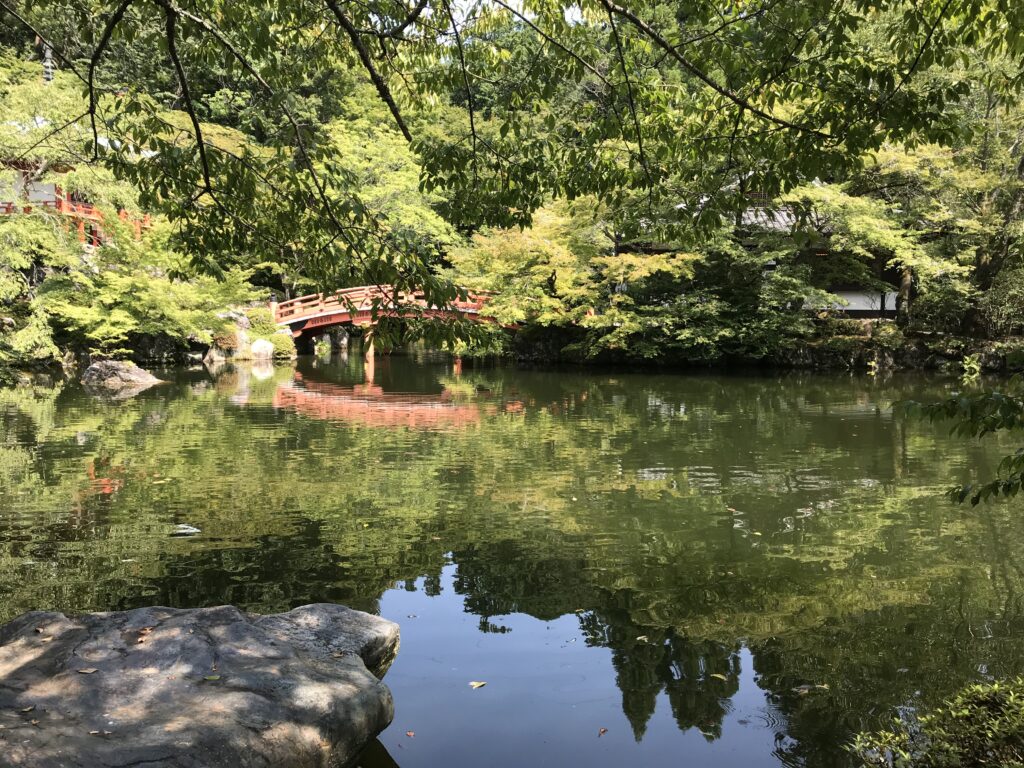
醍醐寺の御朱印
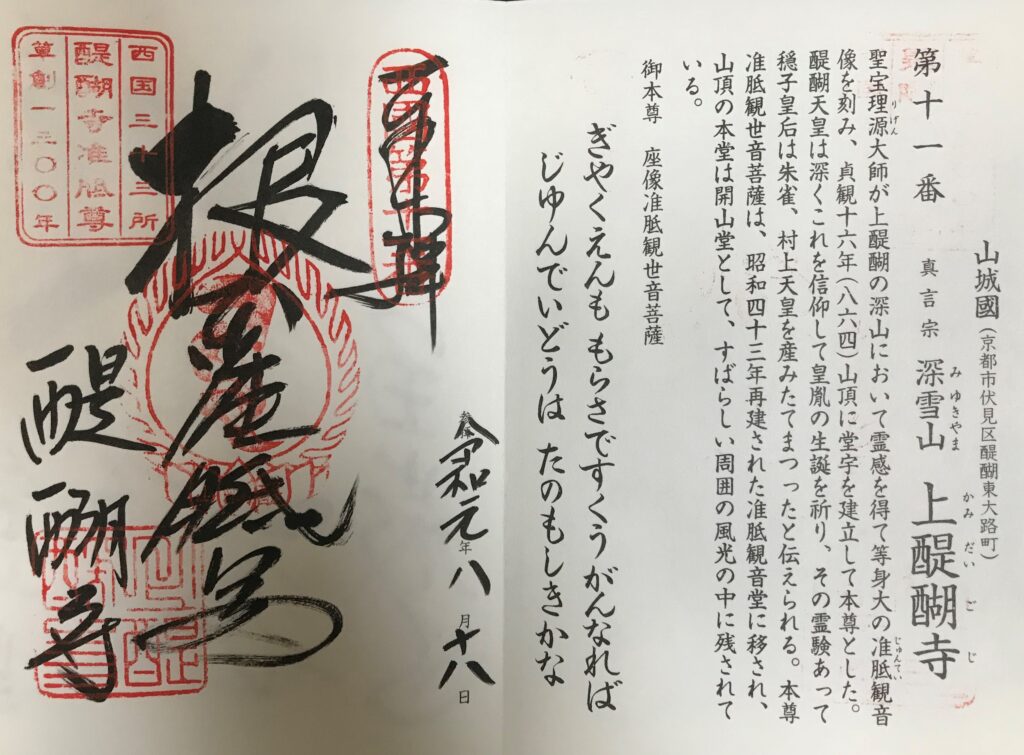
醍醐寺を紹介している書籍御
「西国三十三所をめぐる本に」に醍醐寺が紹介されています。
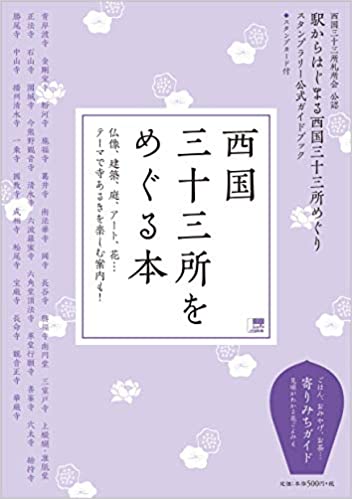
西国三十三所をめぐる本 駅からはじまる西国三十三所めぐりスタンプラリー公式 [ 京阪神エルマガジン社 ]
価格:550円
(2021/6/11 09:48時点)
感想(32件)
Daigoji Temple (English)
Flower viewing in Daigo
The name “Flower viewing in Daigo” may sound familiar to many of you. This time, I went to visit Daigoji Temple, the 11th of the 33 sacred temples in the western part of Japan, where the event took place. The temple also has a famous garden, Sanpo-in, which doubles the fun. I had to be in Kyoto in the morning and evening, so I visited during those times.
Niohs with their wide open eyes
As you go up the stairs of the West Gate, which was rebuilt by Toyotomi Hideyori, you will see magnificent shiny black Niou statues on both sides of the gate, staring at you with their eyes wide open. The power of these statues is sure to drive away evil spirits. Agyo’s (one of 2 Niou statues)expression of rage as he opened his mouth was particularly outstanding.
From here, I walked down a straight path in the precincts and I saw the Kondo Hall on my left. That was a national treasure and was moved from Kishu (current Wakayama Prefecture) by the order of Hideyoshi. The main image was a seated statue of Yakushi Nyorai, and there were no signs prohibiting photography, so I took a picture from outside the hall, although I was a bit reserved. There are statues of Nikko and Gekko on both sides.
Five-story Tower
As I exit the Kondo Hall, I saw a five-story pagoda on my left. The pagoda was completed in 951, and it is said to be the oldest wooden structure in Kyoto Prefecture, completed in 951. Perhaps it is fortunate that it is located in Fushimi-ku, slightly far from the center of Kyoto. I liked the not-so-tight color of the pagoda and never got tired of looking up at it as I walked around it many times.
After paying my respects at Kannon-do Hall, I tried to follow the road to Kami (upper side) -Daigo , but it was locked and I couldn’t go any further. I had no choice but to take a short break at the pond next to the Kannon-do Hall and then returned. It was interesting to see the Buddhist statues from various periods in the Reihokan. (To be continued)
Temple Daigoji (Français)
Exposition de fleurs à Daigo
Le nom “Exposition de fleurs à Daigo” peut sembler familier à beaucoup d’entre vous. Cette fois, je suis allée visiter le temple Daigoji, le 11e des 33 temples sacrés de la partie occidentale du Japon, où l’événement a eu lieu. Le temple possède également un célèbre jardin, le Sanpo-in, ce qui double le plaisir. Comme je devais être à Kyoto le matin et le soir, j’ai visité le temple à ces moments-là.
Les niohs avec leurs yeux grands ouverts
En montant les escaliers de la porte ouest, qui a été reconstruite par Toyotomi Hideyori, vous verrez de magnifiques statues Niou noires et brillantes des deux côtés de la porte, qui vous regardent avec leurs yeux grands ouverts. Le pouvoir de ces statues est sûr de chasser les mauvais esprits. L’expression de rage d’Agyo (une des deux statues Niou) lorsqu’il ouvre la bouche est particulièrement remarquable.
De là, j’ai descendu un chemin droit dans l’enceinte et j’ai vu le Kondo Hall sur ma gauche. Il s’agissait d’un trésor national qui avait été déplacé de Kishu (actuelle préfecture de Wakayama) sur l’ordre de Hideyoshi. L’image principale était une statue assise de Yakushi Nyorai, et il n’y avait aucun panneau interdisant la photographie, alors j’ai pris une photo depuis l’extérieur du hall, bien que je sois un peu réservé. Il y a des statues de Nikko et de Gekko des deux côtés.
Tour de cinq étages
En sortant du Kondo Hall, j’ai vu une pagode à cinq étages sur ma gauche. La pagode a été achevée en 951. On dit que c’est la plus ancienne structure en bois de la préfecture de Kyoto, achevée en 951. C’est peut-être une chance qu’elle soit située à Fushimi-ku, un peu loin du centre de Kyoto. J’ai aimé la couleur pas trop serrée de la pagode et je ne me suis jamais lassé de la regarder en l’air alors que j’en faisais le tour plusieurs fois.
Après avoir présenté mes respects au Kannon-do Hall, j’ai essayé de suivre la route vers Kami (côté supérieur) -Daigo, mais elle était fermée et je ne pouvais pas aller plus loin. Je n’ai pas eu d’autre choix que de faire une courte pause à l’étang situé à côté du Kannon-do Hall, puis je suis revenu. C’était intéressant de voir les statues bouddhistes de différentes périodes dans le Reihokan. (A suivre)
